15 Essential Retirement Planning Milestones for Your 30s
Retirement might feel like a lifetime away, but your 30s are when the groundwork really starts to matter. You’ve likely settled into your career and maybe even started growing your family. These are both perfect reasons to get serious about future financial security. The good news is that there are a few smart steps you can take now to make a big difference later.
Hit That One-Year Salary Target
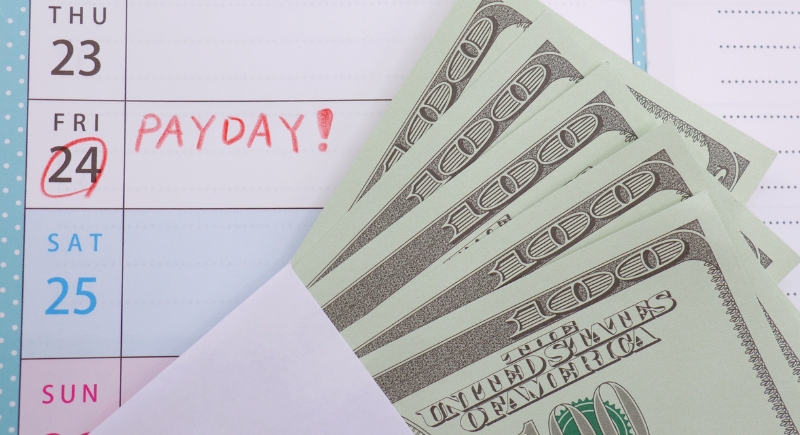
Credit: Getty Images
By the time 30 rolls around, financial experts suggest having at least your annual salary saved for retirement. Think of it as the first major checkpoint. If you earn $65,000 a year, aim for that amount in your retirement accounts. If you are not there yet, you can still use this benchmark as motivation.
Grab That Employer Match
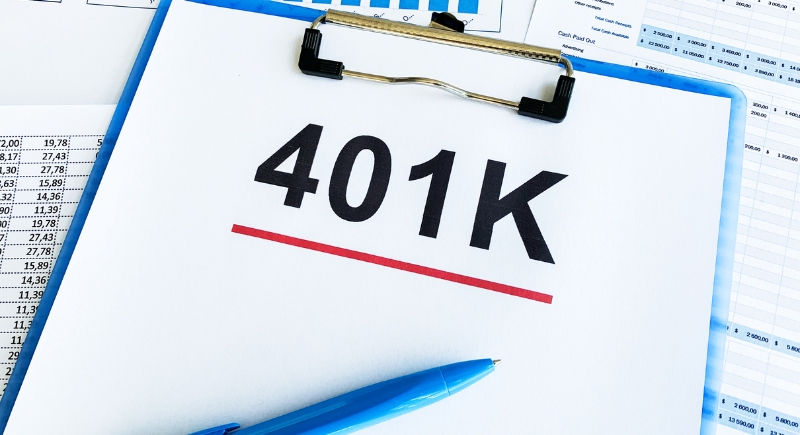
Credit: Canva
If your company offers a 401(k) with matching contributions and you’re not using it, you’re walking past free money every payday. Even a 3% match can add thousands over time. According to Vanguard, 95% of large employers offer some kind of match, yet many workers don’t contribute enough to qualify.
Automate So You Don’t Forget
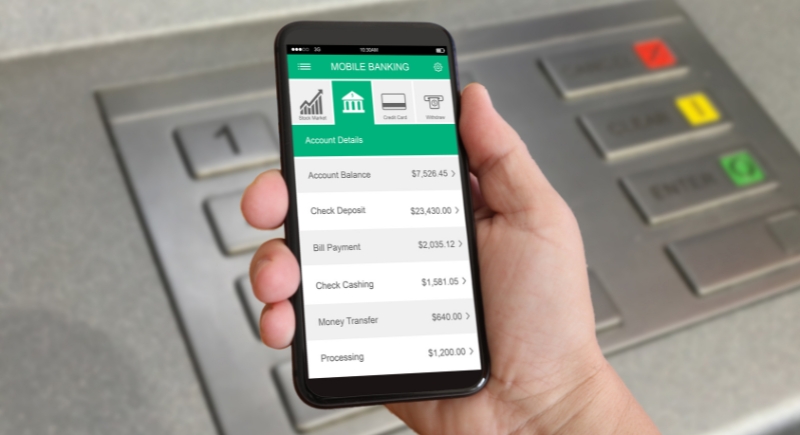
Credit: Getty Images
It’s easy to promise you’ll transfer money every month, but harder to keep up with it. Automation takes that pressure off. Once your transfers run on their own, you stay consistent without having to think about it. And since the money never lingers in your checking account, you’re less tempted to spend it.
Use Tax-Advantaged Accounts
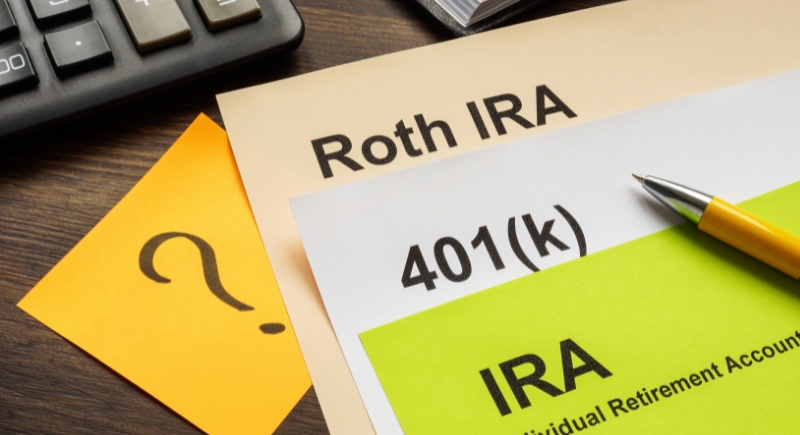
Credit: Getty Images
Traditional IRAs, Roth IRAs, and 401(k)s come with different tax perks, and your 30s are a great time to figure out which combo works best. A Roth IRA, for example, uses after-tax dollars, so withdrawals in retirement are tax-free. That’s appealing if you expect to be in a higher tax bracket later on.
Avoid Lifestyle Inflation

Credit: Getty Images
As income rises, so do temptations: better cars, pricier vacations, extra subscriptions. Without a plan, expenses balloon and savings stall. Keeping fixed percentages of income flowing to retirement helps guard against this. A common benchmark is to save at least 15% of your gross income.
Don’t Overlook HSAs

Credit: Getty Images
If you’re enrolled in a high-deductible health plan, you may qualify for a Health Savings Account. These triple-tax-advantaged accounts let you contribute pre-tax dollars, grow investments tax-free, and withdraw tax-free for medical expenses. After age 65, you can even use HSA funds for non-medical retirement expenses.
Pick Long-Term Investments, Not Trends

Credit: pixabay
Hot stocks and crypto headlines might be interesting, but your retirement fund isn’t a place to chase trends. Index and target-date funds offer a safer way to grow savings over decades. They don’t require constant babysitting, and they spread your money across a wide range of investments.
Check In On Fees

Credit: Getty Images
Investment fees can chip away at your earnings, even if the percentages look small. A 1% fee might sound harmless, but over 30 years, it can cost you tens of thousands of dollars. Look for low-cost index funds or ETFs with expense ratios under 0.20%.
Rebalance Once a Year

Credit: Canva
Markets don’t stay still, and neither does your portfolio. Over time, gains in one area can throw off your original balance. Rebalancing once a year brings it back in line with your comfort level and long-term goals. Most retirement accounts make it simple to do—just a quick check-in to keep your strategy steady.
Plan For The “What Ifs”
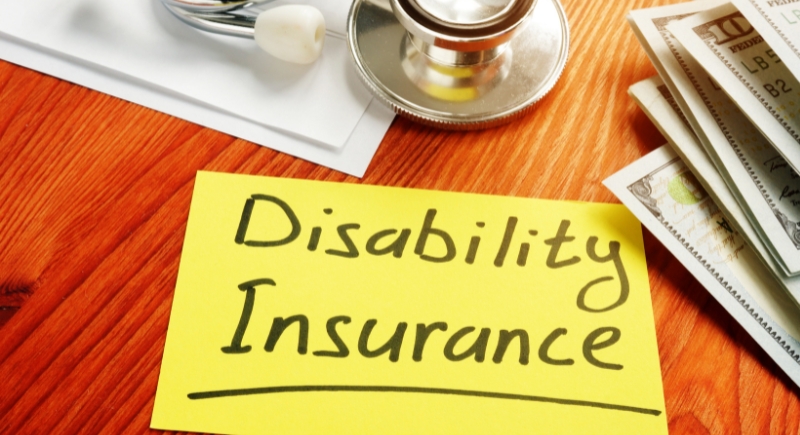
Credit: Getty Images
Illness, job loss, and divorce don’t show up on a schedule, but they do affect finances. Having disability insurance, a will, and basic estate documents in place adds a layer of protection. Your future self will be glad you didn’t wait until something bad happened to prepare for it.
Start a Roth IRA If You Can
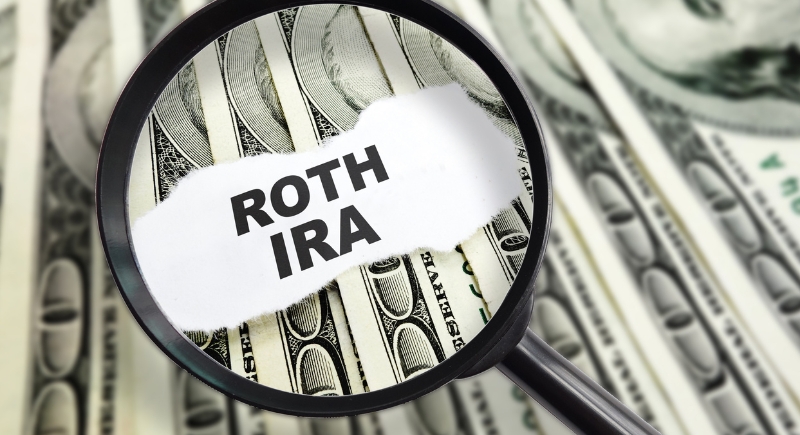
Credit: Getty Images
Earning under the Roth IRA income limit is an opportunity. These accounts grow tax-free, and you can pull out contributions (not earnings) at any time without penalty. That makes them surprisingly flexible. The earlier you start, the more compound growth has a chance to work its magic.
Explore Side Income With Long-Term Potential
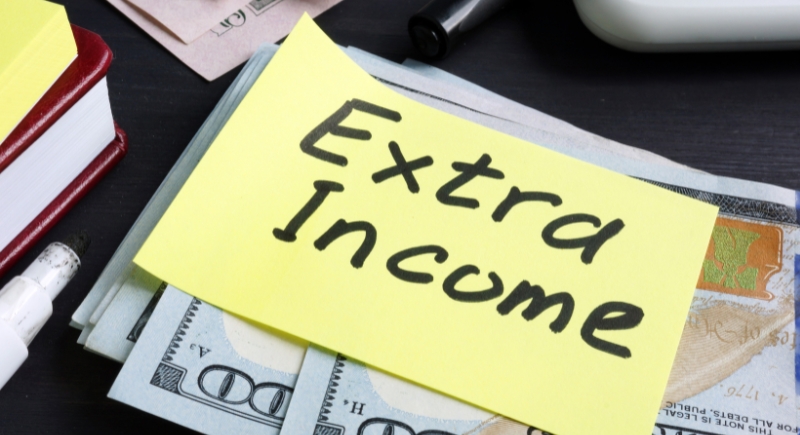
Credit: Getty Images
Extra income helps you today and speeds up retirement savings, too. Rental income or digital products add to your monthly cash flow and make it easier to hit your targets faster. Focus on income streams that don’t consume all your time and might even grow passively over time.
Track Your Progress Once a Year

Credit: Canva
A quick yearly review can tell you more than you think. Take a moment to see how your savings and investments are doing and whether you’re still on pace with your goals. If there’s room to add a little more or adjust your approach, that’s the time to do it.
Check Your Beneficiaries
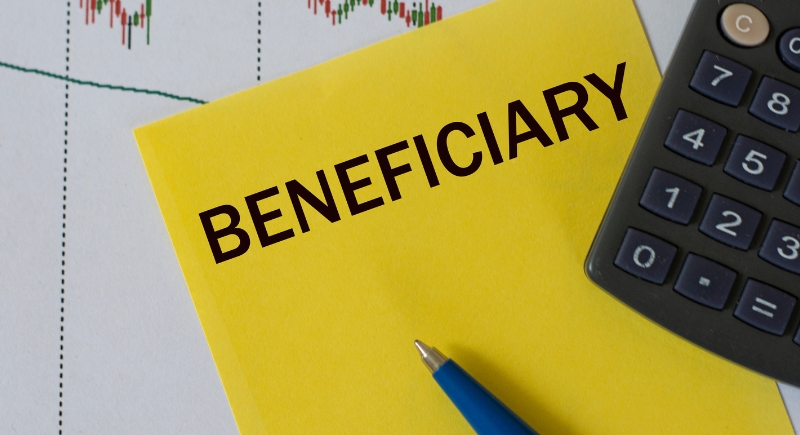
Credit: Getty Images
Old retirement accounts or life insurance policies might still list outdated beneficiaries, such as an ex, a former roommate, or no one at all. Review and update them at least once a year. Beneficiary designations override wills, so accuracy matters. It takes five minutes and could prevent big headaches later on.
Sketch Out Retirement Goals
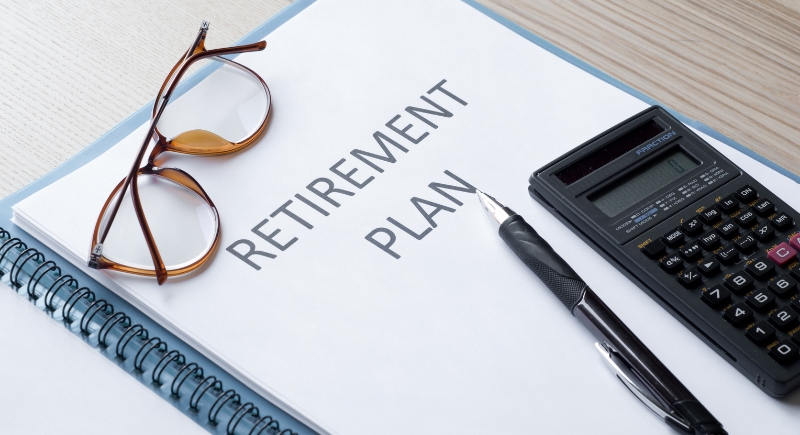
Credit: Getty Images
Start with a simple picture of what retirement could look like for you. Maybe it’s staying close to family, downsizing, or spending time on things you’ve always put off. You don’t need detailed numbers yet. A rough idea is enough to guide how much you save and where you want to end up.